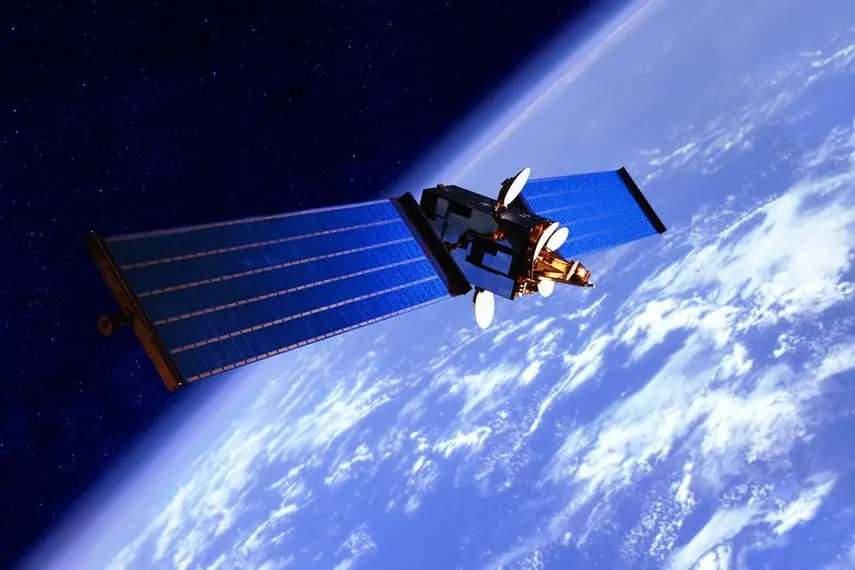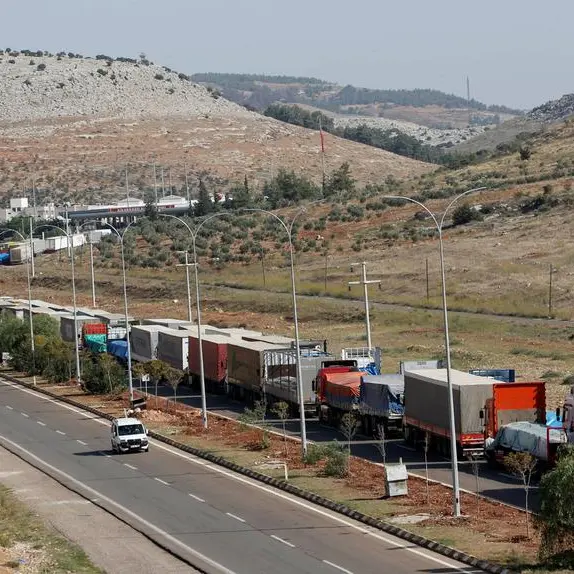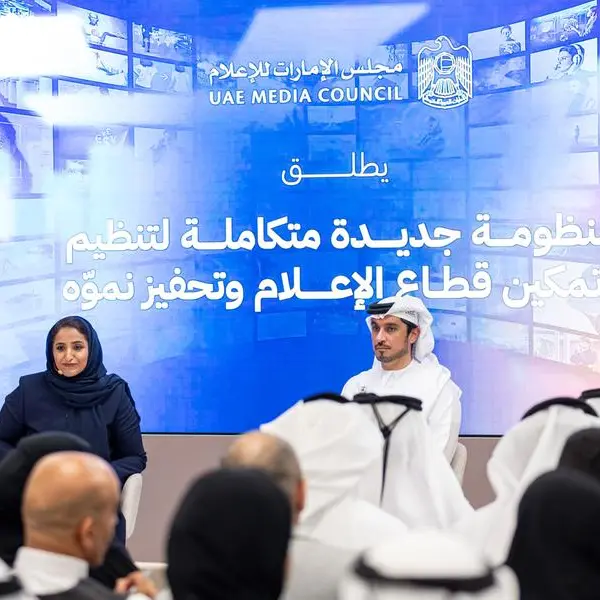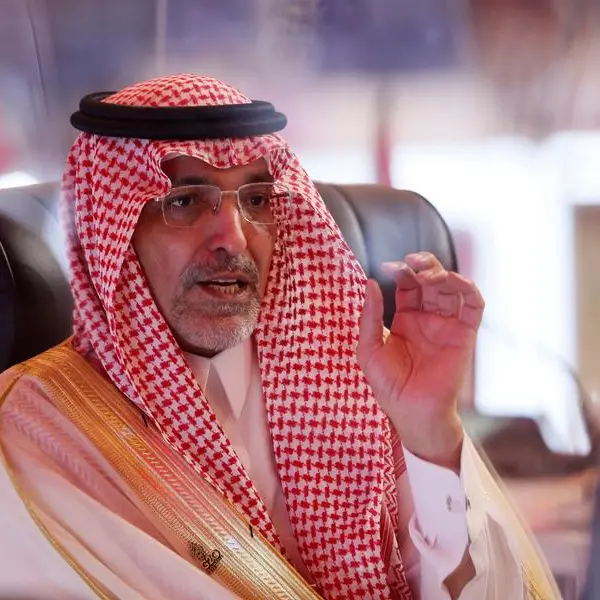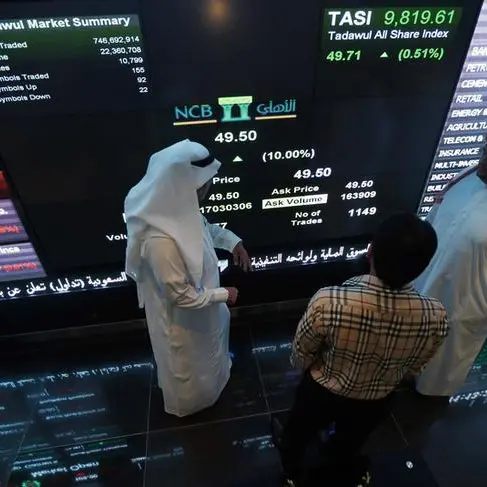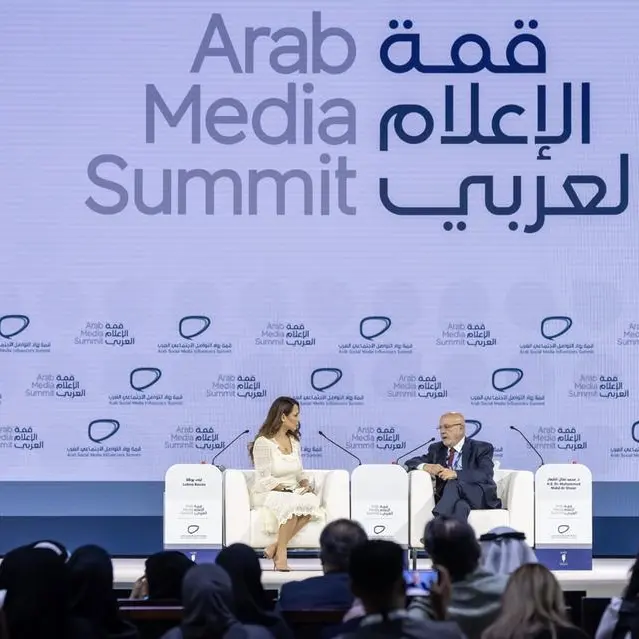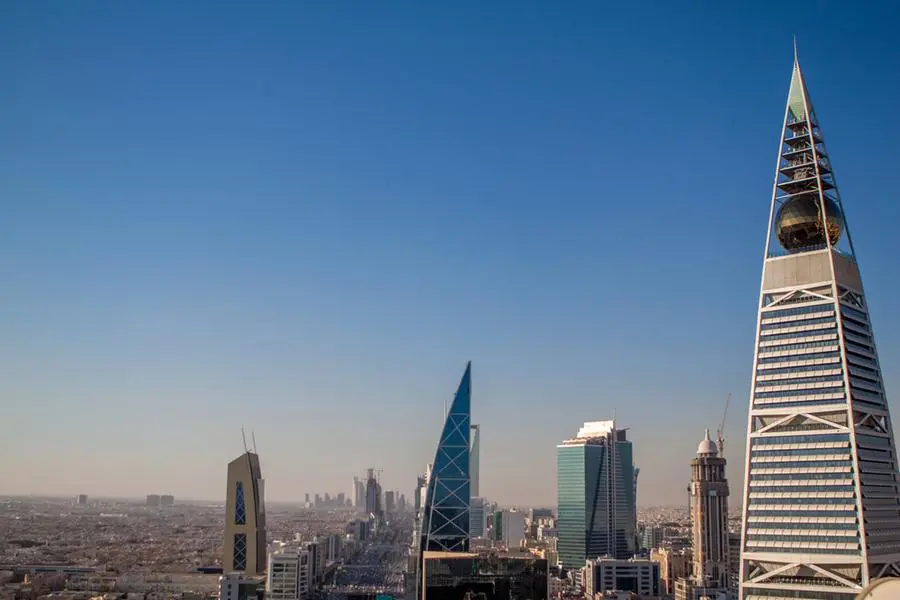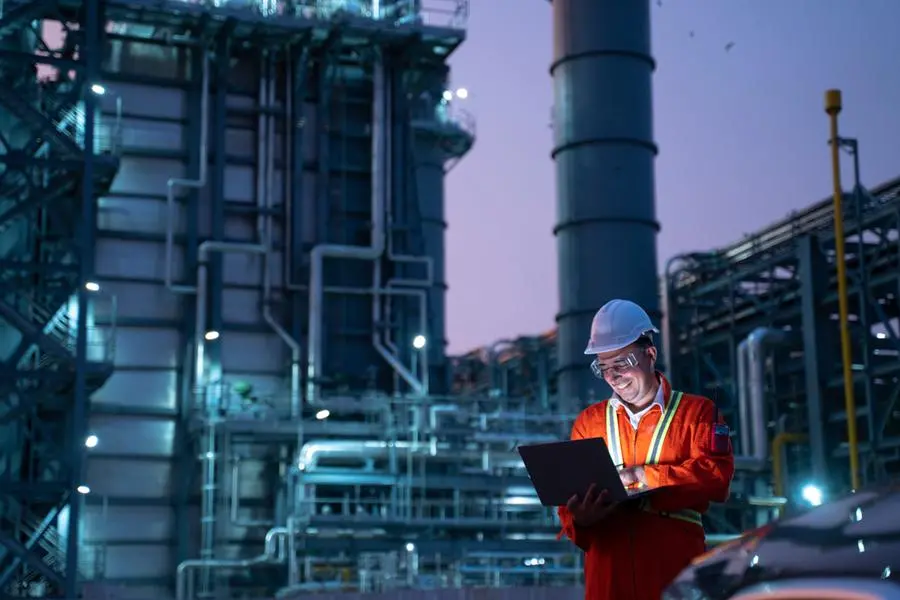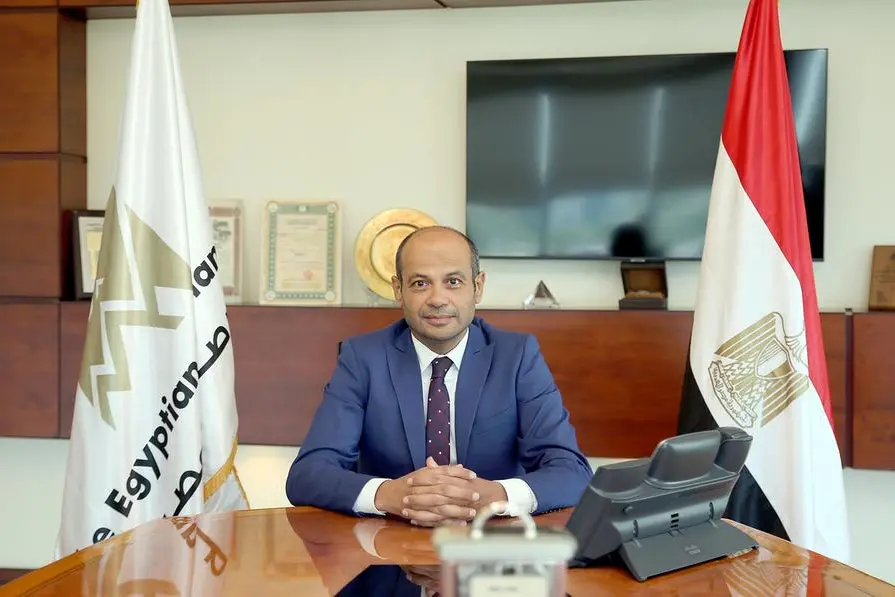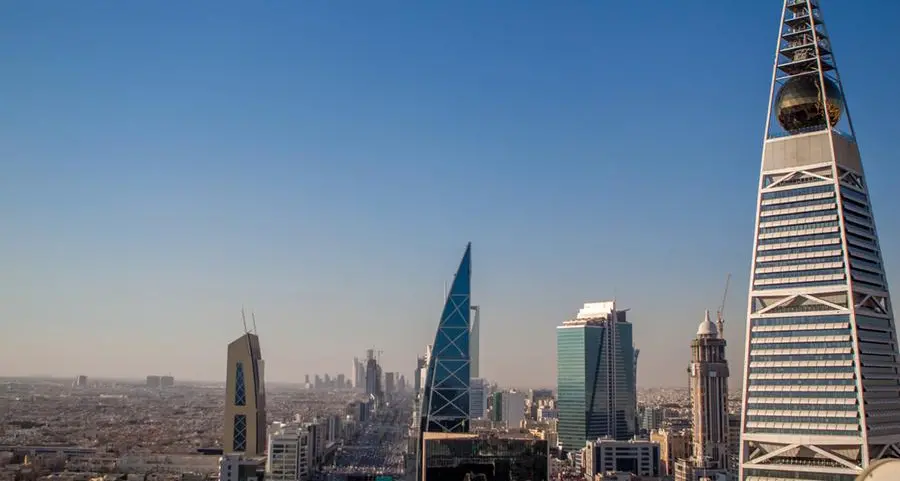PHOTO
Image used for illustrative purpose. Getty Images
Bahrain’s space engineers and scientists are set to be part of the next moon exploration mission by the China National Space Administration (CNSA). The kingdom’s National Space Science Agency (NSSA) recently signed a co-operation agreement, alongside Egypt, to build and deliver scientific instruments to the moon on board the CNSA’s Chang’e-7 mission to search for water ice at the lunar south pole, planned for 2026.“Bahrain and Egypt have joined China as international partners to develop and deliver scientific instruments for the Chang’e-7 mission, which aims to pioneer research exploration of water ice at the moon’s South Pole in 2026,” NSSA chief executive Dr Mohamed Al Aseeri told the GDN. “This co-operation involves the joint development of an advanced hyperspectral camera designed to image and analyse the lunar surface from a lunar orbiter. This collaboration represents the first opportunity for Bahrain and Egypt to work together on lunar exploration, and it reflects their commitment to deepen their collaboration with China in future space exploration endeavours.”The Egyptian Space Agency (EgSA), Bahrain’s NSSA, and the Changchun Institute of Optics, Fine Mechanics, and Physics will develop a hyperspectral camera, to be carried aboard the orbital lander set to explore the lunar surface, as part of the Chang’e-7 mission.The Chang’e-7 mission will continue the lunar exploration and environment analysis work currently being conducted by the Chang’e-6 lander on mini-rover on the lunar surface. The current Chang’e-6 mission began on May 3, with the lander and mobile camera rover landing on the far side of the Moon on June 1, before scooping up 2kg of lunar samples, which are set to arrive on Earth by the end of this month, making China the first country to collect samples from the far side of the Moon.“Lunar missions, known for their unique environmental challenges, particularly involve dealing with the moon’s extreme temperature variations,” NSSA satellite design chief Aysha Alharam added.“These conditions necessitate innovative payload designs that not only withstand extreme temperatures but also maintain high efficiency in data processing and operational performance.“Developing such advanced payloads allows us to gather critical data that is invaluable to scientists, researchers and investors. Recent global studies have revealed the presence of precious minerals in commercial quantities on and underneath the moon’s surface. “This discovery opens up tremendous opportunities for economic development and scientific advancement, positioning us at the forefront of lunar research and exploitation.”According to the CNSA, the hyperspectral camera developed by Egypt and Bahrain will image and analyse lunar surface materials from orbit. One of six scientific instruments to be carried by the orbiter, the camera will provide high-quality imaging information from across the electromagnetic spectrum, and will be useful in a diverse set of fields from environmental monitoring to climate change studies. “This hyperspectral camera, which we are building with our Egyptian counterparts, relies on advanced technology that enables us to explore the elements and structure of the lunar regolith with high precision,” NSSA engineering specialist Yaqoob Alqassab explained.“This contributes to a series of studies aimed at identifying potential resources on the moon’s surface, particularly at the South Pole, where frozen water is expected to be found beneath the surface. “Utilising this technology will help in understanding the moon’s composition and, consequently, in identifying ideal locations for future landings and resource extraction. Hyperspectral“Moreover, studying the elements and components of the lunar surface will allow scientists to use the data to pinpoint locations of water, which could be a valuable source of essential resources in the future, such as providing oxygen for breathing and producing fuel.”The agreement comes at the heels of His Majesty King Hamad’s visit to China last month, during which a memorandum of understanding on space exploration was signed by the two countries. According to the memorandum, the two countries will work together in fields like lunar and deep space exploration, satellite development and launches, remote sensing, space science research, the joint observation of space debris, as well as personnel exchanges and training.
Copyright 2022 Al Hilal Publishing and Marketing Group Provided by SyndiGate Media Inc. (Syndigate.info).
